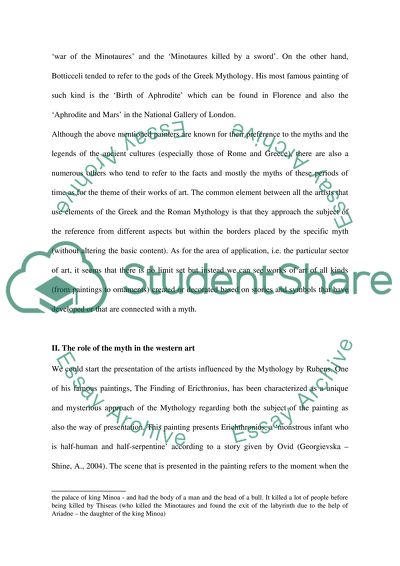Cite this document
(The Appeal of Classical Mythology for Artists and Patrons Coursework Example | Topics and Well Written Essays - 1250 words, n.d.)
The Appeal of Classical Mythology for Artists and Patrons Coursework Example | Topics and Well Written Essays - 1250 words. https://studentshare.org/visual-arts-film-studies/1535207-history-of-art-what-was-the-appeal-of-classical-mytholoy-for-artists-and-patrons
The Appeal of Classical Mythology for Artists and Patrons Coursework Example | Topics and Well Written Essays - 1250 words. https://studentshare.org/visual-arts-film-studies/1535207-history-of-art-what-was-the-appeal-of-classical-mytholoy-for-artists-and-patrons
(The Appeal of Classical Mythology for Artists and Patrons Coursework Example | Topics and Well Written Essays - 1250 Words)
The Appeal of Classical Mythology for Artists and Patrons Coursework Example | Topics and Well Written Essays - 1250 Words. https://studentshare.org/visual-arts-film-studies/1535207-history-of-art-what-was-the-appeal-of-classical-mytholoy-for-artists-and-patrons.
The Appeal of Classical Mythology for Artists and Patrons Coursework Example | Topics and Well Written Essays - 1250 Words. https://studentshare.org/visual-arts-film-studies/1535207-history-of-art-what-was-the-appeal-of-classical-mytholoy-for-artists-and-patrons.
“The Appeal of Classical Mythology for Artists and Patrons Coursework Example | Topics and Well Written Essays - 1250 Words”. https://studentshare.org/visual-arts-film-studies/1535207-history-of-art-what-was-the-appeal-of-classical-mytholoy-for-artists-and-patrons.


